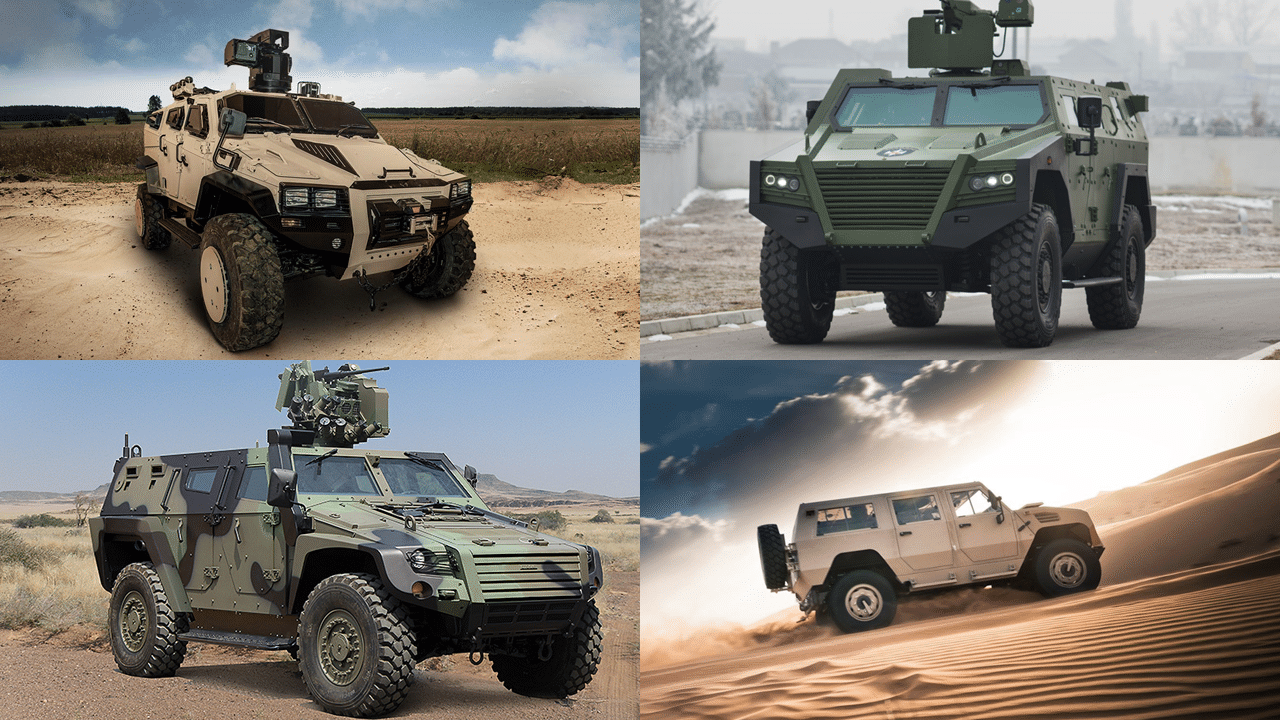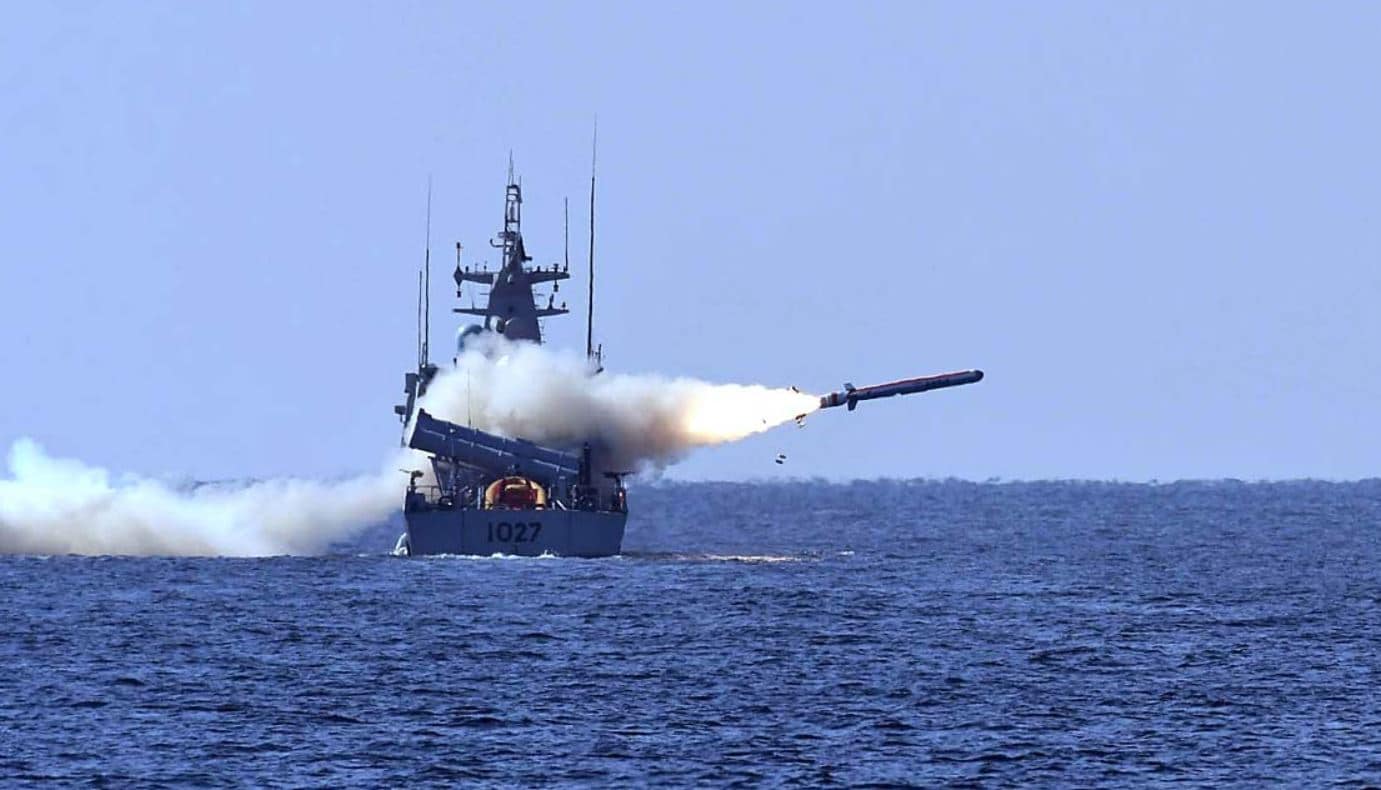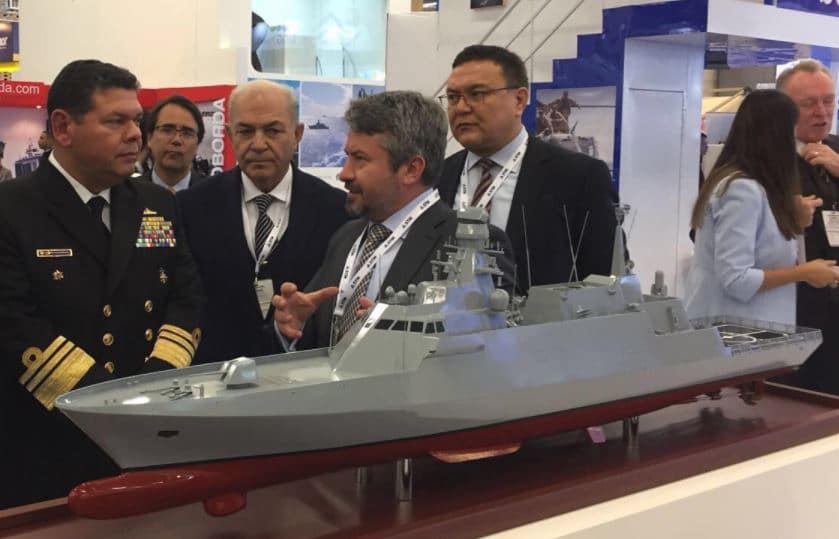2368Views 18Comments

Pakistan aims to develop a light armoured vehicle
As per the Pakistan Ministry of Defence Production’s (MoDP) 2015-2016 yearbook, the Military Vehicles Research and Development Establishment (MVRDE) will develop a light armoured vehicle by the name of “Light Armed Vehicle Assault” (LAVA). The MVRDE will also develop a medical recovery vehicle.
The MVRDE has developed a wide range of logistics and auxiliary support systems, such as armoured vehicles launched bridges, K-Loaders, mine dispensing systems, simulators (for the al-Khalid main battle tank) and auxiliary power units, among others.
Notes & Comments:
At Pakistan’s biennial defence exhibition IDEAS, which took place in Karachi in November, the private auto-manufacturer Metal Engineering Works partnered with its Spanish counterpart UROVESA to offer the VAMTAC ‘High Mobility Tactical Vehicle’ to Pakistan. The MoDP’s disclosure would support Quwa’s view in December of Pakistan seeking a light armoured utility vehicle.
Generally, light armoured utility vehicles are multi-purpose logistics platforms. With ballistic protection, they can function as armoured personnel carriers. They can also serve as platforms for very short-range air defence (VSHORAD) systems, short-range radars, command vehicles, and anti-armour and anti-infantry fire support vehicles. They can also be configured as general transport and medical evacuation vehicles. In fact, the MVRDE LAVA and medical recovery vehicle programs could be borne from the same platform.
Analogous platforms include the Paramount Group Marauder, Otokar Cobra/Cobra II, Nurol Makina NMS 4×4, BMC Vuran 4×4, UROVESA VAMTAC and NIMR Automotive AJBAN 450, among others.
The general layout of these 4×4 vehicles is that they have a gross weight of roughly 9,000 to 12,000 kg and are powered by 300 to 350 hp engines. They also feature independent suspension and central tire inflation systems. These vehicles have a range of 650-700 km and can ferry nine to ten persons internally.
Armament options generally include externally mounted remote-controlled weapon stations for 7.62 mm or 12.7 mm guns, 40 mm cannons, or pedestal-mounted man-portable air defence systems (MANPADS). One might also be able to configure a 4×4 into a self-propelled 120 mm mortar carrier (e.g. Elbit Systems SPEAR Mk2 mounted on the Plasan Sandcat 4×4).
The LAVA will not supplant Pakistan’s light utility vehicle (e.g. pick-up trucks) fleet, certainly not entirely. It would be a costlier platform to acquire and maintain. However, the LAVA would be a natural upgrade path from the Heavy Industries Taxila (HIT) Mohafiz, a lighter vehicle which is deployed in Pakistan to fulfill many of the roles the LAVA would assume should it come to fruition.
Pakistan assigning the MRDVE with the task of developing the LAVA indicates that Pakistan will not pursue an overseas design off-the-shelf (with licensed manufacturing). However, there is nothing to preclude the MVRDE from securing overseas technical support to develop the LAVA. Pakistan has a strong relationship with the Turkish defence industry, the MVRDE may consider approaching Otokar, BMC and Nurol Makina for assistance. Alternate sources include Denel Group and Paramount Group in South Africa.
Besides supporting the MRDVE in developing a hull and sourcing an engine, overseas vendors may find an opportunity in providing solutions for the chassis. For example, the Irish company Timoney Technology has been marketing its expertise in suspension and other areas to nascent vehicle designers. In fact, the Serbian vendor YugoImport-SDPR chose the Timoney T700 modular driveline system for its new 4×4 MILOSH light armoured vehicle. At IDEX 2017 in Abu Dhabi in February, Timoney stated that its product range would reduce “timelines and development costs through the initial stages of new vehicle programmes by as much as 75% compared to traditional methods.”



18 Comments
by Hashim Rasheed
If the vehicle is to be produced domestically, I think the Blitzkrieg Hamza 8×8 vehicle presented at IDEAS should be a real option. The vehicle had a very good design which would allow for customization and could suffice for both the assault and medical purposes. Of course there could be further enhancements which could be required according to the demands of the Army. That is where foreign forms could help in maturing the design and final product with their technical expertise.
by Bilal Khan
I think the LAVA is meant to be a lighter and faster vehicle – something in between the Hilux and Hamza MCV. The emphasis is on very rapid mobility, but with some measure of protection (against small arms fire) and versatility. However, it should still be powerful enough to carry several tons in cargo, which would be helpful if you want to fit a low-level AESA radar, pedestal MANPADS, etc. Most of these LAVA would probably end up with the Ministry of Interior, but the Army and Air Force could buy some for logistics and specialist roles.
by Umar Farooq
Will they be able to fit RAM like SAM system on these vehicles ?
by Bilal Khan
It would be TY-90 missiles in a pedestal launcher.
by Syed Bushra
VAMTAC? It is being marketed as a ‘High Mobility Tactical Vehicle’.
by Bilal Khan
That is/was one of the proposals. But since MVRDE has been given the task, I don’t think the PA wants the VAMTAC specifically. Seems they want to give this task to the local industry at as many levels as possible. I wouldn’t discount foreign help, but it would likely be in the same vein as what NIMR did to come up with the AJBAN 450. Some local design work coupled with foreign expertise and critical parts (e.g. engine, transmission, etc). Let’s hope they take it a step further and localize as many of the critical parts too via co-production and transfer-of-technology/licensing.
by Yılmaz Önal
cobra 2 and NMS 4*4 are great
by ahmria
I think Pakistan should look to phase out of service all the non armoured army pickup trucks as in my mind they’re pretty much death traps especially in a coin environment. I think Pakistan teaming up with Otokar, Nurol or BMC to either design a new clean sheet design or modify an existing design to suit Pakistan needs would be the best way forward. Transfer of technology would also be of great benefit to Pakistani manufacturers to help them get up to speed.
by ahmria
Or the Otokar Cobra which is very mobile
and nimble.
by Aaif khan
This is seriously a need of time to acquire such platform in respect to both traditional conventional threat and COIN operations against the non-state actors. recently Saw some videos Of Turks hunting down pkk terrorist by these light armoured vehicles.
by Aman
Pakistani Version of HUMVEE would be Great.!!!!!!!!!!!!!!!!
by amar
Amazingly name sounds similar to TATA’s LAMV!
by Syed Bushra
That makes sense. I guess Metal Engineering Works, despite being a local manufacturer, wasn’t going beyond local assembly hence the contract is given to MVRDE. Small steps in the right direction.
by Syed Bushra
Like they say in Pakistan, “Watch out HUMVEE, here comes LAVA.”
by Bilal Khan
Yep. In fact, MVRDE taking on the program could be beneficial to MEW in the long-run. MEW can master manufacturing specific areas and receive sub-contracting work from HIT. Alternatively, GHQ could bypass HIT (have them focus on MBTs) and distribute most of the LAVA’s manufacturing and assembly work to the private sector.
by Bilal Khan
It seems the principal idea behind LAVs is to have a vehicle that’s better protected (from gunfire) and armed than a Hilux, but cheaper to procure – with long-term non-COIN utility – than an MRAP.
by U
Yep, makes sense, but regarding your point in one of your comments that these mostly would be used by MOI, I think a bit of upgrade to MOHAFIZ (which is in works as per HIT rep in IDEAS) will suffice the MOI. I dont think they need a Marauder type beast in Karachi or Lahore….
by Aaif khan
https://uploads.disquscdn.com/images/05e8317fc2b3b86601f5ac3614d8a016f0741b717fae850a760b8565fd2c89e5.jpg https://uploads.disquscdn.com/images/131f71a156cf961819272bf2ff1cbb8e35e8698fefcd23f811b6d11d89f70fed.jpg
Some interesting development that we missed on Quwa.- Iranian sukhoi 30ms & Indian naval deal with IAI